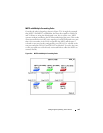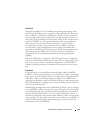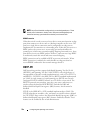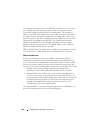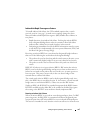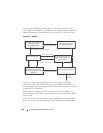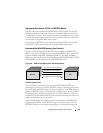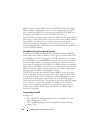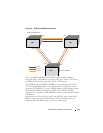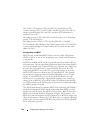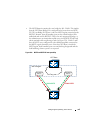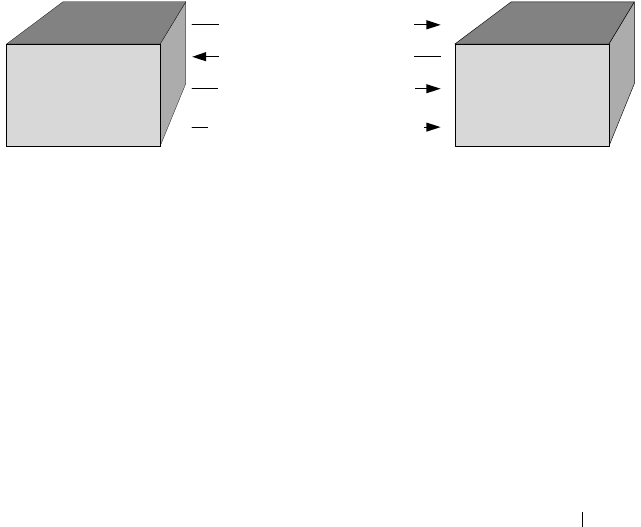
Configuring the Spanning Tree Protocol 729
Interoperability Between STP-PV and RSTP-PV Modes
STP-PV is derived from 802.1D and RSTP-PV is derived from 802.1w. The
fallback mechanism is the same as between a standard 802.1D switch and a
standard 802.1w switch. When a lower protocol version BPDU is received on
a switch that runs a higher protocol version, the latter falls back to the lower
version after its migration delay timer expires.
For example, an RSTP-PV switch, when connected to STP-PV switch, falls
back to the STP-PV protocol after the migration delay timer expires.
Interoperability With IEEE Spanning Tree Protocols
When a switch configured with RSTP-PV receives IEEE standard RSTP
BPDUs on a port, it responds with two versions of BPDUs on the port: SSTP
formatted BPDUs and IEEE standard STP BPDUs. The IEEE standard
BPDUs are processed by the peer switch running MSTP/RSTP, and the SSTP
format BPDUs are flooded across the MSTP/RSTP domain.
Figure 22-6. RSTP-PV and IEEE Spanning Tree Interoperability
Common Spanning Tree
There are differences between the ways that MSTP and RSTP-PV map
spanning tree instances to VLANs: RSTP-PV creates a spanning tree instance
for each VLAN, and MSTP maps one or more VLANs to each MST instance.
Where an RSTP-PV region is connected to an MSTP region, the set of RSTP-
PV instances does not generally match the set of MST instances. Therefore,
the RSTP-PV region and the MSTP region communicate with each other on a
single common spanning tree instance.
For the MSTP region, the MSTP instance communicates to the RSTP-PV
region using the CIST. For the RSTP-PV region, switches use the VLAN 1
RSTP-PV instance as the common spanning tree. On the link between the
RSTP-PV IEEE
IEEE BPDUs for VLAN1 (untagged)
IEEE BPDUs for VLAN1 (untagged)
SSTP BPDUs for VLAN1 (untagged)
SSTP BPDUs for other VLANs (tagged)



